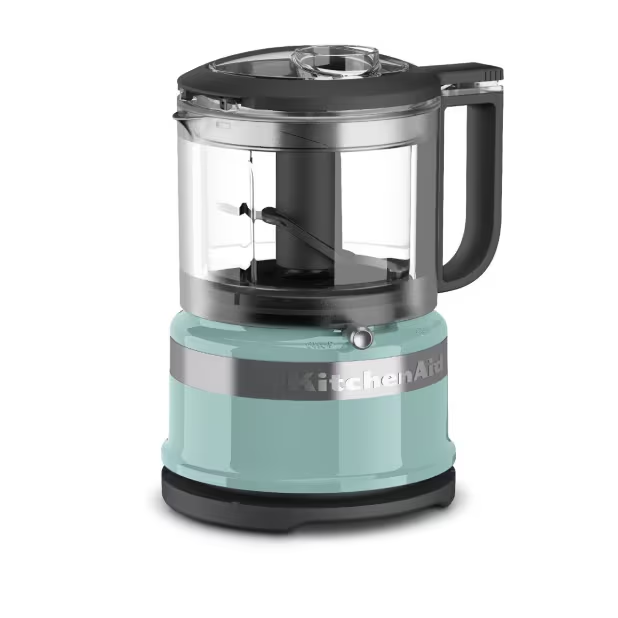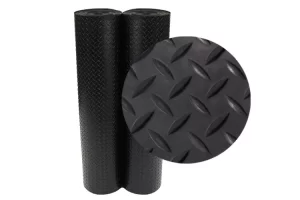When it comes to selecting fluorescent light bulbs, there are several factors that you should consider to ensure that you choose the right bulb for your needs. In this guide, we’ll discuss the key considerations you should keep in mind when selecting fluorescent light bulbs.
Color Temperature
One of the most important factors to consider when selecting fluorescent light bulbs is the color temperature. This is measured in Kelvin (K) and indicates the hue or color of the light emitted by the bulb. Fluorescent bulbs are available in a range of color temperatures, from warm white to cool white to daylight. Warm white bulbs emit a soft, yellowish light, while cool white bulbs emit a brighter, bluish light. Daylight bulbs emit a neutral white light that is similar to natural daylight. Consider the function of the room where you’ll be using the bulb and choose a color temperature that complements the space. For example, a warmer color temperature might be more appropriate for a living room, while a cooler color temperature might be better for a workshop.
Lumens
Another important consideration when selecting fluorescent light bulbs is the brightness of the bulb, which is measured in lumens. Lumens are a measure of the brightness of a light bulb. The higher the lumens, the brighter the light. When selecting a fluorescent bulb, consider the amount of light you need for the space. A higher lumen value might be better for a workspace or kitchen, while a lower lumen value might be better for a bedroom or living room.
Size and Shape
Fluorescent light bulbs come in a variety of shapes and sizes, so it’s important to choose a bulb that fits your fixture. Some common shapes include tube, spiral, and U-shaped bulbs. Be sure to check the size and shape of the bulb before purchasing to ensure that it will fit your fixture.

Energy Efficiency
Fluorescent light bulbs are known for their energy efficiency, so be sure to choose a bulb that is labeled as energy-efficient. Look for bulbs that are Energy Star certified, which means that they meet strict energy efficiency guidelines set by the U.S. Environmental Protection Agency (EPA). Energy-efficient bulbs not only help you save money on your energy bills, but they also reduce your carbon footprint.
Life Span
The life span of a fluorescent light bulb is another important consideration. Look for bulbs with a longer life span, as they will need to be replaced less frequently. The average life span of a fluorescent bulb is around 10,000 hours, although some bulbs may last up to 50,000 hours.
Dimming Capability
If you plan to use your fluorescent light bulb with a dimmer switch, be sure to choose a bulb that is labeled as dimmable. Not all fluorescent bulbs are compatible with dimmer switches, so be sure to check the label before purchasing.
Mercury Content
Fluorescent bulbs contain a small amount of mercury, which is a hazardous material. While the amount of mercury is very small, it is important to dispose of fluorescent bulbs properly to prevent environmental contamination. Look for bulbs with low mercury content or consider using LED bulbs as an alternative.
Color Rendering Index (CRI)
The Color Rendering Index (CRI) measures how accurately a light source renders colors. The CRI scale ranges from 0 to 100, with 100 being the highest possible score. A higher CRI value means that colors appear more natural under the light. When selecting a fluorescent bulb, consider the CRI value if you want colors to appear as they would under natural light.
In summary, when choosing fluorescent light bulbs, consider these factors into account, you can select a bulb that meets your lighting needs and is also environmentally friendly.







